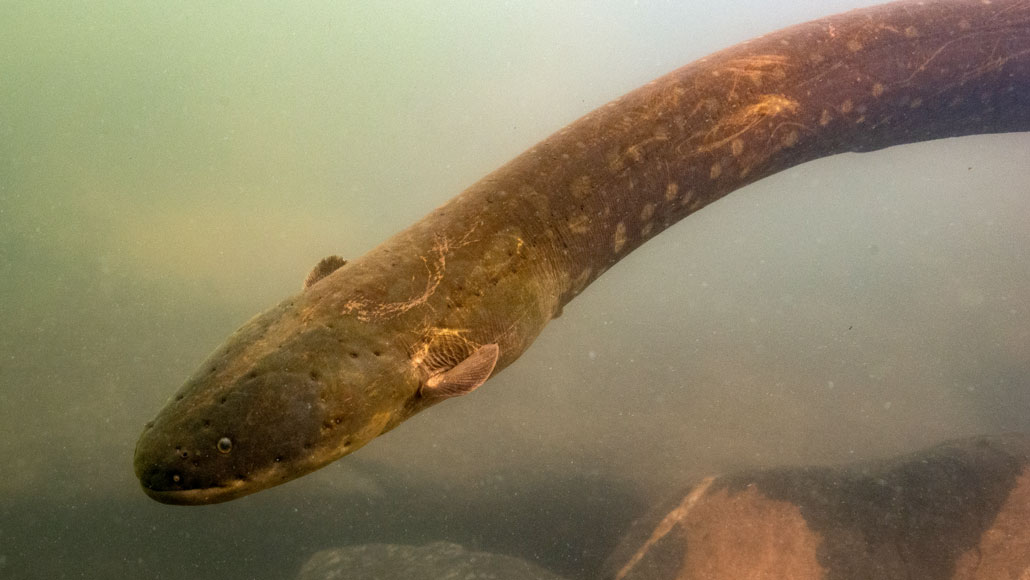
A single Volta’s electric eel (pictured) can discharge up to 860 volts of electricity, more than any other known animal.
L. Sousa

A single Volta’s electric eel (pictured) can discharge up to 860 volts of electricity, more than any other known animal.
L. Sousa